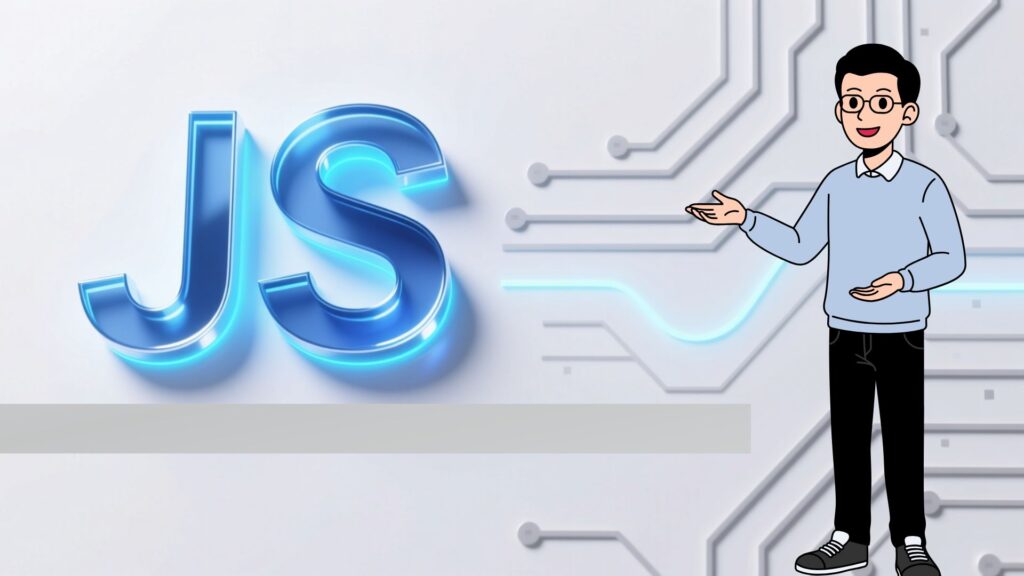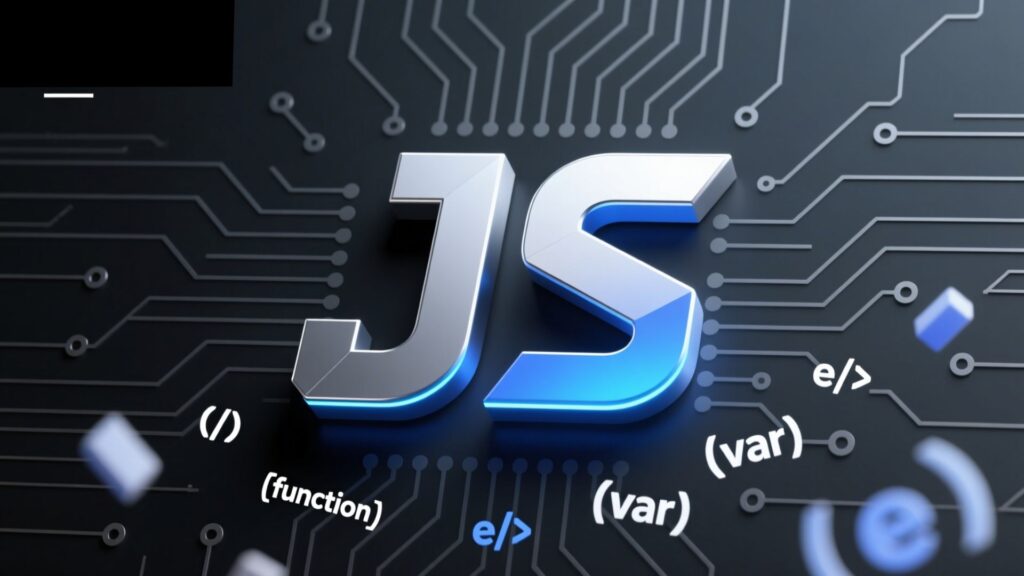In our lightning-fast digital chats it’s easy to drop an acronym like “JS” and move on. But if you’ve typed “JS” and wondered what does JS mean, or received a message ending “. JS” and paused you’re not alone. In this article you’ll get everything you need to know about js meaning in text, what is JS in text, and what does JS mean in texting plus how to use it (or avoid it) like a pro in 2025.
Introduction: The Rise of “JS” in Modern Texting

In the age of rapid-fire DMs, group chats and social posts, abbreviations like LOL, BRB, and FYI dominate. Among these, the two letters “JS” quietly picked up major traction. You’ll spot it at the end of a message, in a reply, or even as a stand-alone comment. Have you ever paused and asked yourself what does js mean in that context?
It matters because two letters can carry tone, intention, and subtle meaning. Using it well might lend your message a casual, honest touch. Mis-using it might make you sound dismissive or sarcastic by accident. Let’s dive deeper.
What Does “JS” Mean in Texting?
At its core: JS = “Just Saying.”
But context matters. Let’s break it down:
- The phrase “just saying” suggests a comment is offered casually maybe a bit blunt, maybe tongue-in-cheek.
- In text form, “JS” often appears at the end of a statement, as a kind of rhetorical tag: “You left early again… JS.”
- Sometimes people write “js” in lower-case, or even “js lol”, but the meaning stays tied to that casual “just saying” vibe.
Example:
“You’ve been on your phone the whole time, js.”
Here the speaker isn’t directly accusing but making an observation in a softer way.
Since you also asked what does js mean in text, and what is js in text, note that while “just saying” is by far the most common meaning in everyday texting, “JS” can also stand for other things though those uses are less relevant in casual chat.
The Real Nuance Behind “JS”
Understanding js meaning in text goes beyond the letters. It’s about tone, intent and context. Here are key nuances:
- Tone-shifting power: Depending on punctuation, emoji, or context, “JS” could read as a friendly observation, a sarcastic jab, or even passive-aggressive.
- Softening bluntness: Because “just saying” flags “I’m making a point but not trying to be overly serious or harsh”, it gives the speaker some buffer.
- Passive-aggressive trap: Without clarity, it can also feel dismissive: “Well, if you’d planned ahead… JS.”
- Honesty vs attitude: If you deliver “JS” with an eye-roll, it carries attitude. If you deliver with an emoji or smile, it may seem more friendly.
Examples to illustrate tone differences:
- Friendly: “You nailed that presentation. JS”
- Sarcastic: “You always do that. JS.”
- Defensive: “I didn’t get your message in time JS.”
In short: knowing what does js mean in texting means recognizing the subtle shift between “just chatting” and “making a pointed remark”.
When and How to Use “JS” Correctly
Here’s where you move from “I know what JS means” to “I can use it wisely”.
✅ Best used in:
- Casual conversations with friends or peers.
- DMs, group texts, social media comments.
- Situations when you want to offer an opinion lightly, or flag a thought without serious weight.
❌ Avoid using in:
- Formal, professional or academic communication.
- Emails or messages to a boss/client where tone must be clear.
- Discussions about serious, sensitive topics where brevity may mislead.
If you ask yourself when is it appropriate to use “JS”, the answer hinges on: the audience, the message’s seriousness, and the tone you want to convey. Overusing it in the wrong place can undermine clarity or come off as flippant.
Alternatives to “JS” by Tone

Sometimes you’ll want the meaning behind JS (a “just saying” vibe) but the tone needs to change. Here are smarter alternatives.
Polite Alternatives
- “Just a thought.” Example: “Maybe try a different angle, just a thought.”
- “No offense intended.” Example: “That approach may not work as well, no offense intended.”
- “If I may add…” Example: “If I may add, we might consider a different timeframe.”
Professional Alternatives
- “For your consideration.” Example: “Here’s an alternative approach for your consideration.”
- “Respectfully suggesting…” Example: “Respectfully suggesting we review the budget one more time.”
- “Worth mentioning that…” Example: “Worth mentioning that we’ve had similar feedback before.”
Casual Alternatives
- “Not gonna lie.” Example: “Not gonna lie, your playlist needs a refresh.”
- “Just being honest.” Example: “Just being honest, I don’t think that’s the best move.”
- “Just throwing it out there.” Example: “Just throwing it out there maybe give someone else the lead?”
These alternatives help you tailor your tone for the situation whether you’re chill, professional or somewhere in between.
The Tone Factor: How “JS” Changes Meaning
Two identical sentences can read completely differently depending on how you end them. That’s especially true when you tie in “JS”. Tone shifts based on punctuation, capitalization, emoji and context.
Here’s a breakdown:
| Example | Interpretation |
|---|---|
| “You’re late. JS.” | Blunt, possibly passive-aggressive. |
| “You’re late JS 😊” | Friendlier, softening the remark. |
| “you’re late js” (no caps/punct) | Casual, maybe hurried. |
| “You’re late… just saying.” | More gentle, full phrase avoids abbreviation. |
Why this matters: When people ask what is js in text, they often mean what tone is behind it?. Because the same letters shift from friendly to sarcastic depending on delivery.
Quick tip: If you wouldn’t say the sentence out loud with a smile, reconsider using “JS” the ambiguity may bite you.
Smart Replies to “JS” (2025 Edition)
If someone sends a message ending in “JS”, how you respond can steer the conversation. Here are some high-quality responses you can use or adapt.
- “Appreciate the honesty.” Opens the door politely.
- “Noted. Thanks.” Short, acknowledges the comment.
- “Fair point.” Accepts feedback neutrally.
- “I see what you mean.” Signals willingness to understand.
- “Oh really? JS too 😄” Flip the script with light humour.
- “I’ll keep that in mind.” Politely closes the comment.
- “Was that necessary?” Questions tone without overt aggression.
- “Glad you said it.” Accepts the point and ends there.
- “Don’t hold back 😅” Encourages openness in a playful way.
- “Constructive feedback taken.” Professional and respectful.
- “Noted, but there’s more context.” Keeps dialogue going.
- “Your opinion is valid, even if I disagree.” Respectful but firm.
Feel free to pick the one that matches your conversation style and tweak the wording to fit your context.
How “JS” Differs Across Cultures and Generations
Language evolves with who uses it, how, and when. The abbreviation “JS” is no exception.
Generation-wise usage
- Gen Z / younger millennials: frequent users, often in quick group chats, meme culture, social media comments.
- Older generations: may view it as too casual, ambiguous or dismissive might prefer full phrases.
Platform-wise usage
- Social media (e.g., TikTok, Instagram, X/Twitter): “JS” thrives in captions, comment threads and DMs.
- Professional platforms (e.g., LinkedIn): Rarely used seen as too informal.
Cultural interpretation
What reads as harmless in one culture may feel abrupt or rude in another. For example, contexts with high value on politeness and indirect communication might interpret “JS” as abrupt. You may need to gauge your audience carefully.
When NOT to Use “JS”
Knowing when not to use “JS” is just as important as knowing when you can. Here are clear cases to avoid:
- Formal or business communication: Emails to clients, official documents, formal proposals.
- Sensitive topics: When talking about grief, mental health, serious conflict the casual tone of “JS” may come off wrong.
- Public/family-wide chats: If multiple generations/families are involved and you don’t know everyone’s texting style.
- When tone is critical: If the message needs clarity and you risks being misunderstood, stick with full phrasing.
In essence: If you can’t guarantee your tone will land as intended, skip the abbreviation and choose clarity instead.
The Psychology of “JS”: Why People Use It
Behind the letters “JS” lies real communication strategy. Here’s why it works and sometimes backfires.
Why people use “JS”
- It soft-ens blunt statements: “just saying” signals “I’m not attacking you, I’m just pointing this out.”
- It adds casual credibility: When someone drops “. JS”, it often signals they’re being honest with minimal fuss.
- It saves time: In fast chats, two letters trump a full sentence.
- It allows emotional distance: You can drop feedback with a little buffer, making it easier to say something you might otherwise avoid.
Why it can mislead
- Tone ambiguity: Without vocal cues, people may interpret “JS” as passive-aggression.
- Over-use diminishes impact: If every sentence ends “JS”, the phrase loses its weight or becomes irritating.
- Cultural mis-reads: Someone unfamiliar with the slang may misinterpret your intent wholly.
Real-life snippet:
“Js is just saying” Reflecting how users define it online.
This shows how community discussion helps track usage and interpretation.
“JS” in Pop Culture and Memes
The abbreviation js meaning in text has also found a home in memes, comments and online culture:
- On Twitter/X you’ll see “JS” used as a tag after a bold comment or observation.
- On TikTok it may appear in caption text: “When you show up late again … JS 😏”
- Meme creation: Because “just saying” implies a wink-wink honesty, the abbreviation gets an extra layer of sly humour.
By recognizing this cultural aspect you’ll not just understand what “JS” means but also why it thrives.
The Power of Clear Communication
Even with trendy abbreviations like “JS”, nothing beats clarity and relevance. Using “JS” well means:
- Knowing your audience.
- Matching tone to situation.
- Choosing full phrases when stakes are high.
Quick checklist for using “JS”
- Does the recipient know what “JS” means?
- Is the context informal and casual?
- Does the tone match your intent (friendly vs sarcastic)?
- Will any mis-interpretation create issues?
If you answer “yes” to all, you’re good. If not opt for clarity.
Final Thoughts
To recap: when you ask what does js mean, what does JS mean in texting, or what is JS in text, the answer is simple: “Just Saying.” Two little letters. But their power lies in tone, timing and context.
In 2025 the digital lexicon keeps evolving. Abbreviations like “JS” survive because they help convey tone, attitude, and brevity. Yet they also demand awareness: drop them seamlessly when the setting fits, ditch them when clarity matters more.
Keep your message intentional, your tone tuned to your audience and your language clear. Whether you’re texting friends or crafting a comment, use “JS” wisely and your voice will come through loud and clear.
Happy chatting.
Bugti is the founder of Quoethint.com, a hub for English language tips, writing advice, and grammar guidance. With years of experience in English studies and a passion for clear communication, Bugti created this platform to make grammar and writing easy to understand for everyone.
